We know, buying skincare can be stressful! Walking through a skincare aisle with so many options can be overwhelming, especially if you’re new to skincare. How do you know which are right for you? Don’t worry, we’re here to help with a handy cheat sheet to get you through those difficult moments with ease!
Step 1: Know your skin type
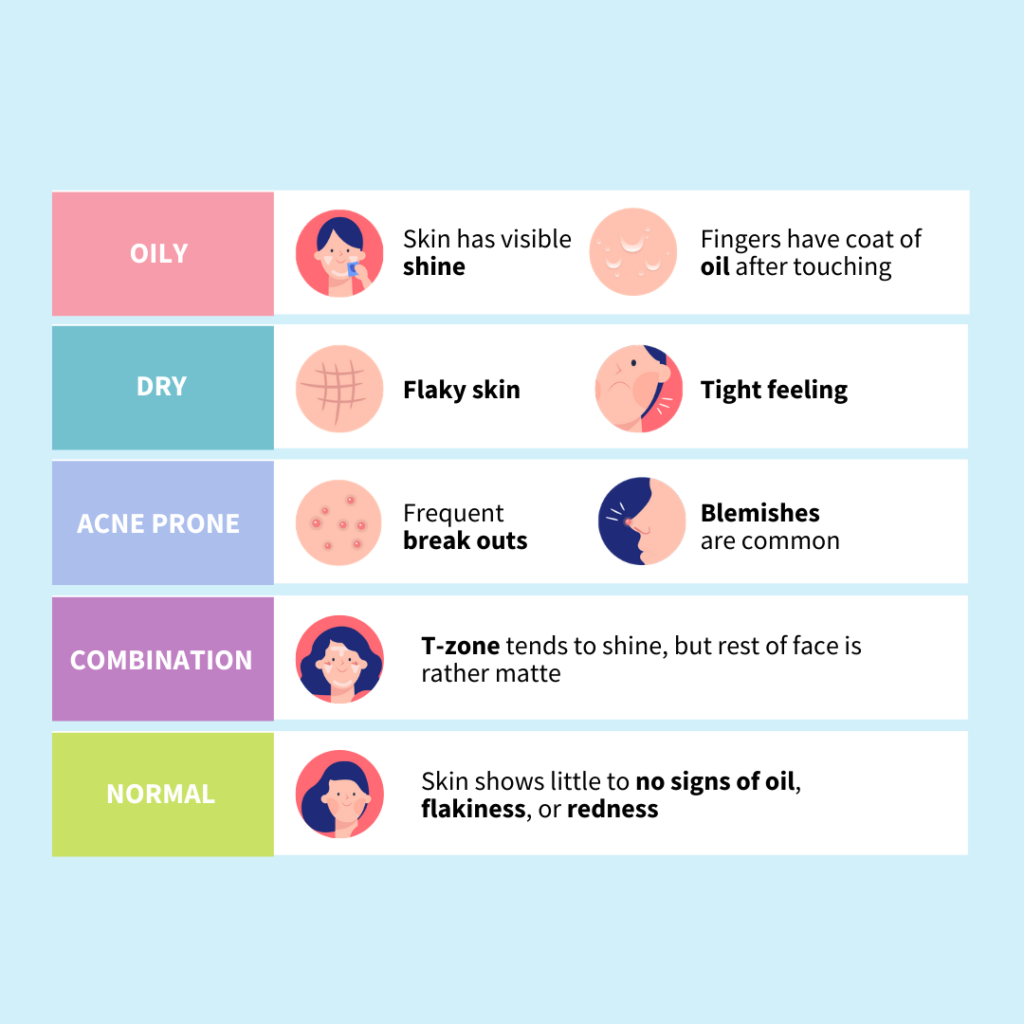
First things first, you need to know your skin type! It’s essential to finding the right products for your skin. Skincare is aimed at different skin types or concerns, so know yours is crucial! Not sure? Either check with Picky’s Skin Analyzer or do see if these descriptions best fit your skin:
- Oily: If your skin has visible shine and your fingers have a slight coat of oil after touching it.
- Dry: If your skin is flaky or tight feeling.
- Acne-prone: If your skin is breaking out and blemishes are a common occurrence.
- Combination: If your T-zone tends to shine, but the rest of your face is rather matte.
- Normal: If your skin shows little to no signs of oil, flakiness or redness.
Step 2: Set your goals
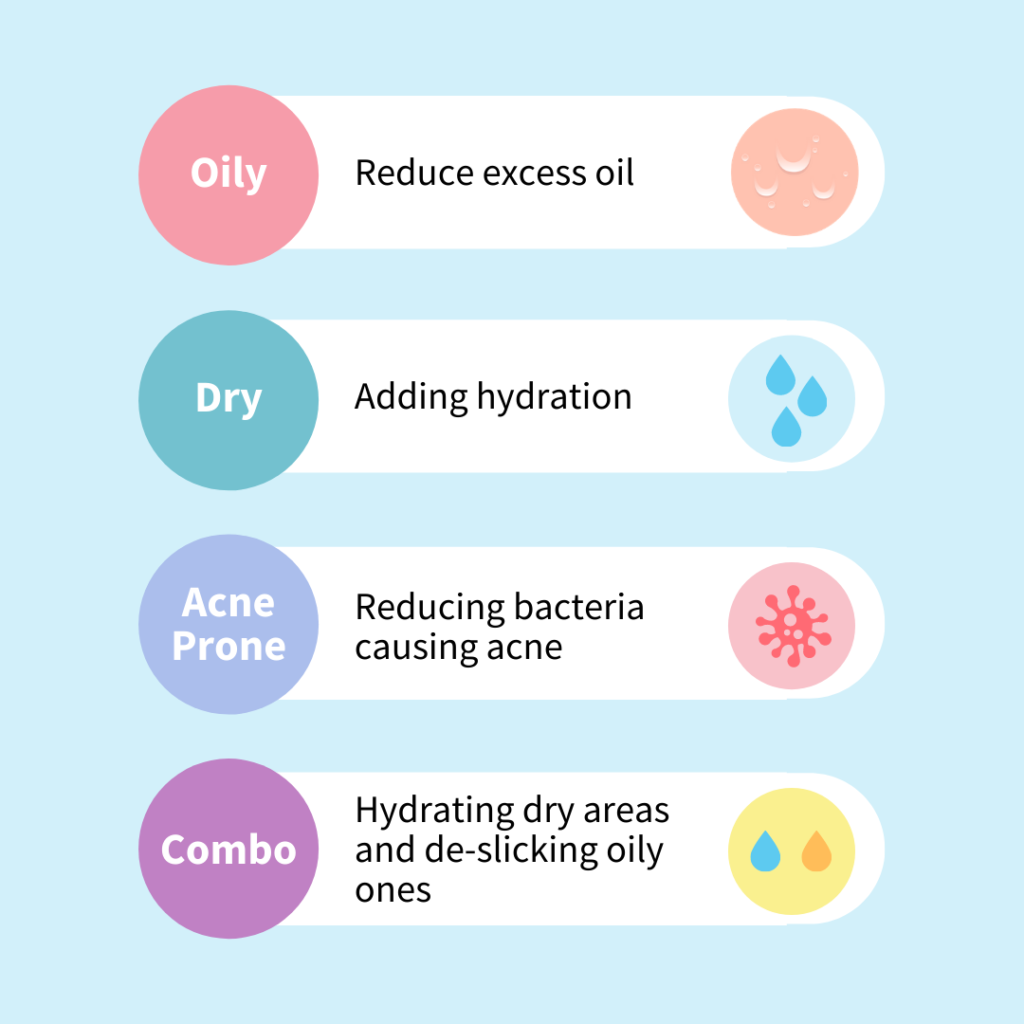
Once you understand your skin type, you can then start to identify the skin concerns you want to target. Everyone’s skin and skin concerns are unique, so follow what’s best for your skin! Here’s some common skin goals based on different skin types:
- Dry skin goals: Hydration
- Oily skin goals: Reducing excess oil
- Acne-prone skin goals: Reduce bacteria causing acne
- Combination skin goals: Balance skin with hydrating dry areas and de-slicking oily ones
Step 3: Finding ingredients for you
Now that gentle skin goals have been made, let’s hop into finding what are the best ingredients for your skin type and concerns! Each skin type has a different group of ingredient allies that can help them in their quest to their skincare goals. These names are definitely not the entirety of what you can use, but it’s a place to start! Try checking for these ingredients when you’re in the shop:
- Dry: hyaluronic acid, rosehip oil, ceramides
- Oily: Salicylic acid, niacinamide, zinc
- Acne-prone: Tea tree, benzoyl peroxide, kaolin clay
- Sensitive: Lactic acid, vitamin E, aloe vera
- Combination: Vitamin C, argan oil, peptides
- Normal: Any of the above in the right combinations
Step 4: Identify ingredients that don’t work for you
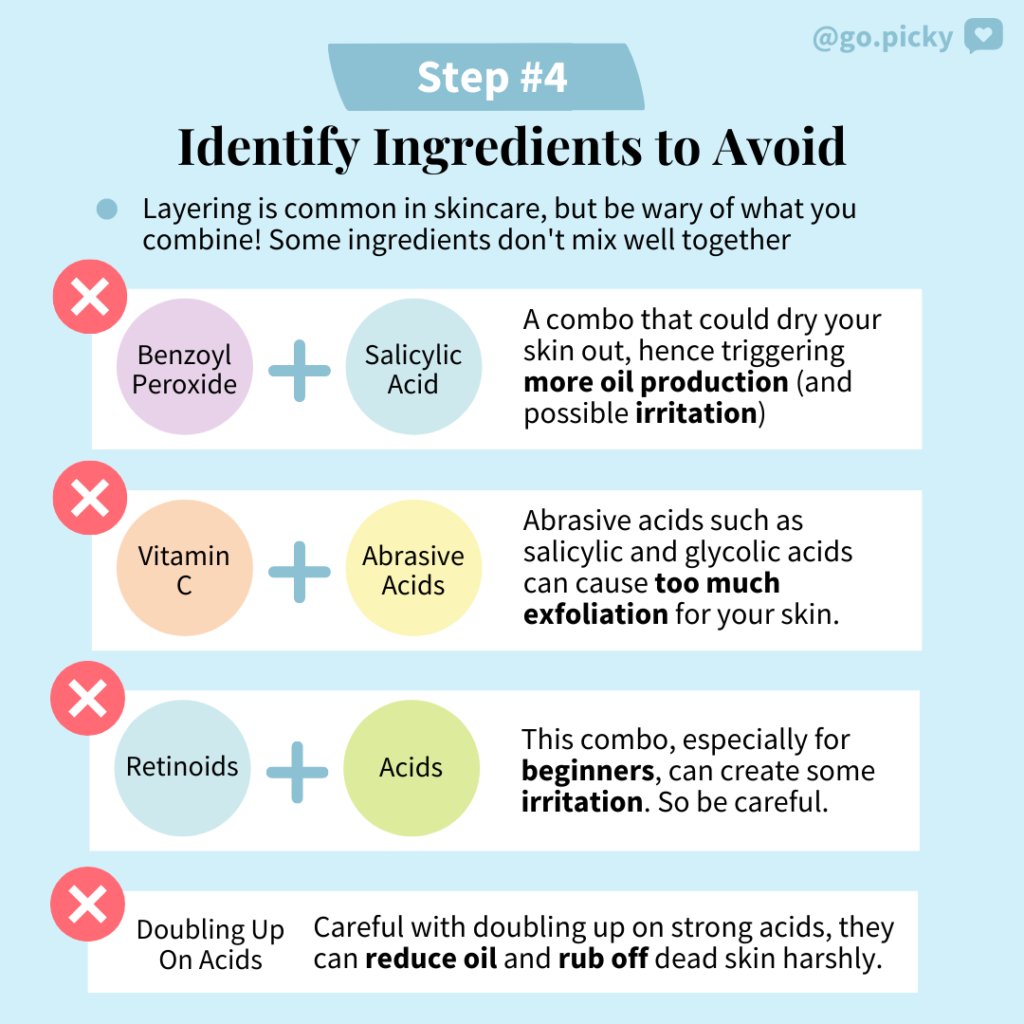
Having good ingredients for your skin type are important for reaching your skin goals, but avoiding those that could potentially create problems for your skin is just as crucial! Layering is common in skincare, but be wary of what you combine! Some ingredients don’t mix well together:
- Benzoyl peroxide & salicylic acid: A combo that could dry your skin out, hence triggering more oil production (and possible irritation).
- Vitamin C & abrasive acids: Abrasive acids such as salicylic and glycolic acids. This can cause too much exfoliation for your skin. But, hyaluronic acid is a gentle and hydrating acid so pairs smoothly with vitamin C!
- Double dosing it on abrasive acids: Careful with doubling up on these strong acids, they can significantly reduce oil and rubbing off dead skin quite harshly.
- Retinoids & acids: This combo can be irritating, especially for beginners!
Step 5: Building your routine
After buying all your skincare, it’s time to put them all together! We have some routine suggestions that could help you get started.
Dry skin type
- Morning routine: Cream cleanser, concentrated face oil, nourishing moisturiser, SPF
- Evening routine: Cream cleanser, concentrated face oil, extra nourishing night cream, eye cream
- Occasional extras: Hydrating cream mask (twice a week), gentle cream-based physical exfoliant (once a week)
Oily skin type
- Morning routine: Gel cleanser, toner, lightweight serum, mattifying moisturiser, SPF
- Evening routine: Oil cleanser, gel cleanser, lightweight serum, hydrating night cream
- Occasional extras: Mattifying sheet mask (twice a week), BHA chemical exfoliant
Acne-prone skin type
- Morning routine: Foam cleanser, toner, oil-free moisturizer, non comedogenic SPF
- Evening routine: Exfoliating cleanser, toner, bacteria-fighting lightweight serum
- Occasional extras: Clay mask (twice a week), chemical exfoliant peel, spot treatment (where necessary, used with caution)
Combination skin type
- Morning routine: Gel cleanser, toner applied only to t-zone, hydrating moisturizer, SPF
- Evening routine: Gel cleanser, toner applied only to t-zone, moisturizing serum applied all over, oil-free moisturizer applied all over
- Occasional extras: Multi-masking combos (shine-absorbing clay formulas designed for oily skin on t-zone, and nourishing cream masks formulated for dry skin everywhere else), vitamin C exfoliant (once a week all over, twice a week on t-zone)
Normal skin type
- Morning routine: Foam cleanser, toner, face oil, moisturizer, face mist, SPF
- Evening routine: AHA exfoliating cleanser, toner, face oil, nourishing night cream, face mist
- Occasional extras: pick and choose depending on what your complexion is craving (keeping the no-go ingredient combos in mind, of course)
With these tips in mind, we hope the next time you’re buying skincare it won’t be as overwhelming. Just remember that all skin is beautiful, so there’s no need to stress over having perfect skin! This cheat sheet is only to help you become more familiar with what ingredients your skin type might be craving.
Find your “Match” on Picky
Want to start searching for products with these ingredients? Or find a “Picky Match” for your skin type? Then head over to the Picky app now and start seeing which products are recommended for you based on your skin type and skin concerns! See what products are best for you before buying more skincare. Want more skincare science content? Go back to our Picky blog or follow us on instagram.


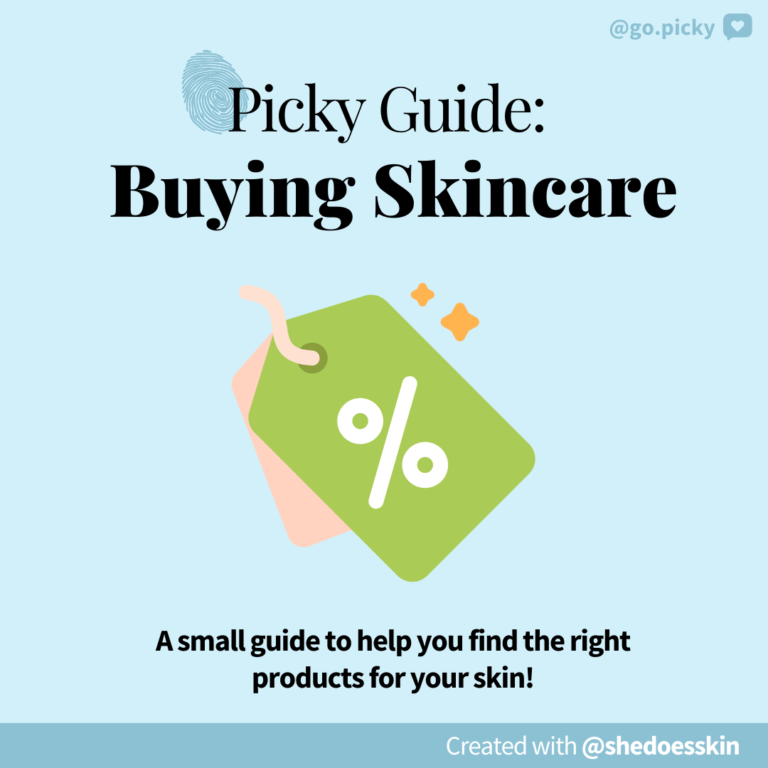













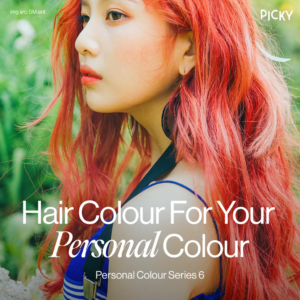



7 Responses
i thought niacinamide can be in dry skin too. 😳😳😳 i have to know more what products i should buy.
I believe niacinamide is fine for dry skin too because it can help the skin barrier. You just need to find a formulation that isn’t drying.
Niacinamide is a smart ingredient. It suitable for any skin types 🙂
Such a great help identifying products I needed.
Very informative! Thx for sharing.
Love this information. I learned so many new things today and would love to apply this in my routine.
Thanks for breaking it down very simply. Informative post!